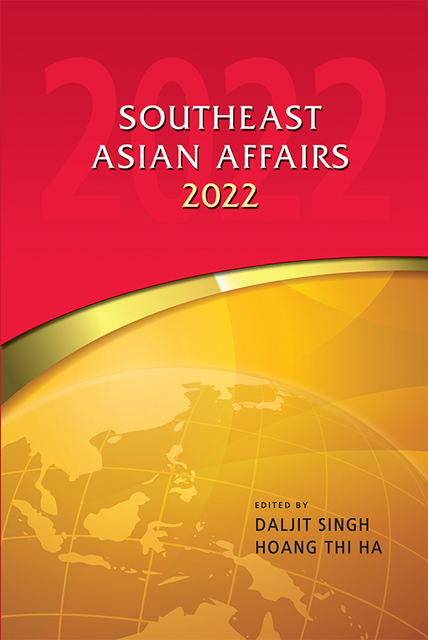Laos in 2021: (Im)Mobility with Infrastructure and COVID-19
Published online by Cambridge University Press: 01 September 2023
Summary
If 2020 was a year dominated by COVID-19 worldwide, it is difficult to label 2021 any differently, especially in Laos. While much of the Global North enters a stage of pandemic recovery, and talk of life in the post-pandemic world, this is just beginning in Laos; one of the early success stories of COVID-19, with only a small number of infections in 2020. From 19 September 2021, Vientiane entered its strictest ever period of lockdown, with cases of the delta variant soaring and concerns about the pandemic spreading throughout the capital causing strict restrictions on movement, including large numbers of roadblocks. The extended lockdown was only showing signs of easing at the time of writing in November 2021. Different parts of the country have been under various degrees of lockdown, but it is clearly unlikely that the country will return to a widespread state of pre-pandemic normality at the end of 2021.
While it is easy to view 2020 and 2021 in Laos as solely about COVID-19, and the initial sections of this chapter focus on that, there have been other significant developments in Laos. These can be split into three main themes. The first relates to infrastructural developments, particularly the completion of the Laos–China Railway, set to open on 2 December 2021—it also marks the rising presence of China in Laos. The second involves political developments aiming to strengthen the rule of law and the government campaign against drugs. This is pertinent as 2021 saw Southeast Asia’s largest ever drugs bust in Laos. Other political developments include attempts to combat corruption and the rise of repression against freedom of expression, especially around internet freedoms. The third theme is about economic developments, including concerns about rising levels of debt and inflation, attempts to stabilize the Lao kip, and the reform of state enterprises. The chapter finishes with some suggestions as to what 2022 may offer and some tentative predictions as to what is worth watching closely.
COVID-19 Arrives in Laos, Again
Laos escaped 2020 relatively unscathed by COVID, with only forty-one cases and zero deaths by the end of the year. Even in a region that experienced fewer COVID-19 cases than elsewhere in the world, this low level seemed positive. All went seemingly well until the Lao New Year in April 2021.
- Type
- Chapter
- Information
- Southeast Asian Affairs 2022 , pp. 177 - 192Publisher: ISEAS–Yusof Ishak InstituteFirst published in: 2023



